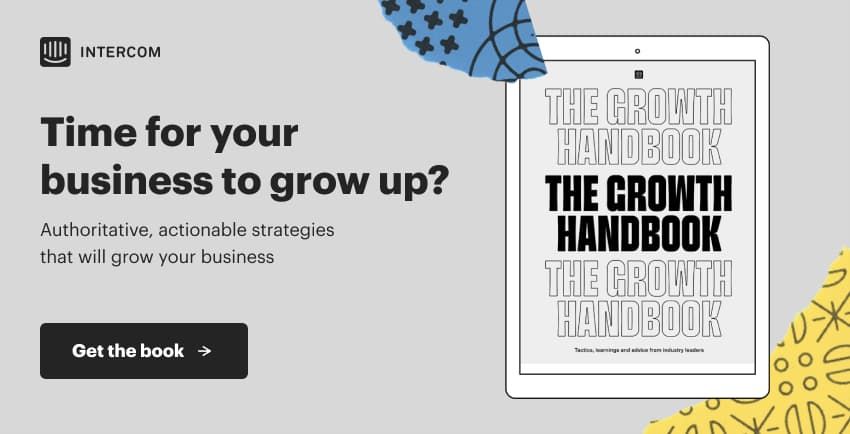Activating customers depends on unlocking the right steps
Building loyalty among your customers is a long process with many facets, but at the most fundamental level, it involves helping your customers experience the full value of your product as soon as possible. To do that, you first need to uncover the activation steps in your product.
For your product to survive, you need to activate your new signups by getting them to take the actions that will enable them to see value in what you’re selling. These are the actions that, once taken by a customer, guarantee they’ll start to see value in your product and thus stick around.
“Start by looking at the steps your most successful customers take”
The key to getting this right is to first know what the key actions are for your product. Start by looking at the steps your most successful customers take before becoming successful. As an example, let’s imagine a ride sharing app, where all customers who complete two trips in the first 30 days after signup are 40% more likely to retain in month two, compared with the customers who take just one or no trips.
In this case the activation step is “orders two rides by the end of day 30.” Once you’re aware of these steps, it will directly influence your activation strategy. In this case, you’d get laser focused on encouraging customers to take two rides in their first 30 days. Hopefully you’ll know these steps in your product already, or at least have a good idea of the steps successful users are taking.
Activating customers long term
A common mistake I see companies making is only focusing on activation for the first 14 days of a customer’s life cycle. Activation varies from product to product. For example, if you’re UberEats, activation is the customer’s first order. Nothing really changes after that. The customer just comes back and orders food again. But for a product such as Intercom, users can be activated in hundreds of ways. They might have used a few key features, but there could be whole areas of the product they haven’t even explored yet.
“We found ourselves having to educate people all over again on a new workflow”
That’s why we don’t just think about activation at a product level – we tackle it on a per feature basis too. When we launched our bot Operator, we were activating people who were active power users of Intercom for almost two years. So we found ourselves having to educate people all over again on a new workflow, and how it could make their existing ways of doing things better. It’s limiting to think about product activation too broadly. It should be about individual feature activation too, and that has to be a continuous process that happens long after a customer’s trial ends.
Remember, over a long enough timeframe most customers churn. And most companies die. It’s tough out there. This lack of traction with new signups isn’t because your product has no value. Well, it could be, but it’s more likely to be because your customers just don’t see the value of your product.








